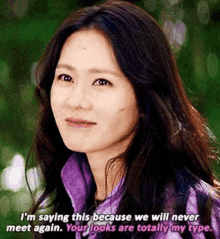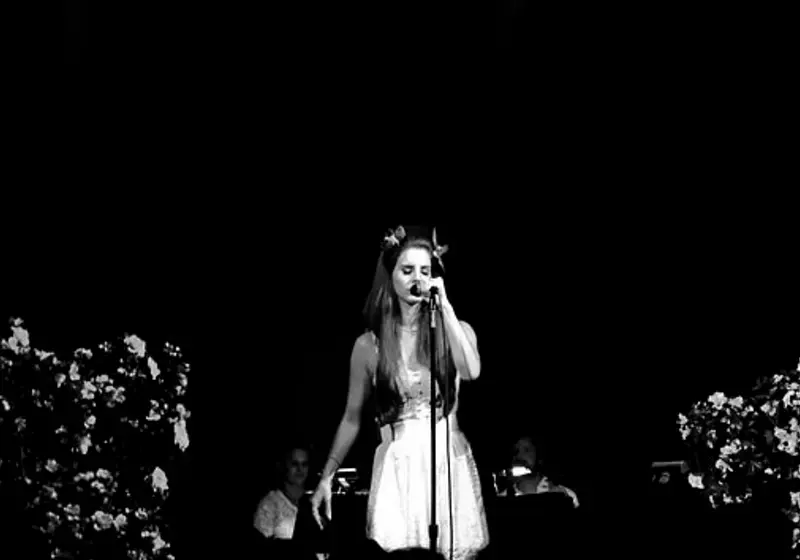For decades the media has tried to understand the enigma of Bob Dylan. What makes “A Complete Unknown” so refreshing is that it doesn't.
The movie was released on Christmas day, making it the perfect gift for fans of the legendary folk singer. It's an ode to Bob Dylan's complex legacy by examining his rise to fame and his desire for personal freedom while still being famous.

Let us slide into your dms 🥰
Get notified of top trending articles like this one every week! (we won't spam you)A Complete Unknown
The film opens in 1961, with a fresh faced 19-year-old Bob Dylan coming to New York City to meet his idol, Woody Guthrie, who’s recently been hospitalized. In the hospital he meets Guthrie and Pete Seeger- another folk singer who offers Dylan temporary housing with his family. Bob Dylan plays the men a song he’s written for Guthrie and they’re both impressed by the music.
Later Dylan meets Sylvie Russo (a representation of Suze Rotolo, who’s name was changed for the movie at the request of Bob Dylan) and the two begin a relationship. Already Dylan is showing signs of being unpredictable and secretive, falsely telling Russo he worked in a travelling carnival as a boy while also failing to tell her that his real name is Robert Zimmerman.
Eventually Dylan meets Joan Baez while Russo is away in Rome, and her manager Albert Grossman signs him. He records his first album but is forced to record mainly covers instead of his original work. He continues to write his own songs and perform in local cafes, eventually leading to him becoming slightly famous.
His fame grows and makes his life more complex. Russo leaves him and he's unable to go to small cafes without being swamped by a mob of screaming fans. He notes how everyone wants something different from him, and how all the people in the music industry just want to own him.
Dylan and Baez go on tour, and his unpredictable behavior leads to a fight and ends with him storming of the stage mid performance. He meets new musicians who help him record his next album, Highway 61 Revisited, which abandons the simplicity of folk music.
Bob Dylan brings Sylvie Russo to the 1965 Newport Folk Festival, but after she watches him sing a duet with Joan Baez she leaves again. Bob is also pressured to not play his new music since his newer songs deviate from folk and are more rock-based.
Regardless he plays his new songs, and the crowd of screaming fans turn on him - heckling the band and throwing objects at the stage. A fight breaks out in the audience but Dylan is unfazed and continues to play as loud as possible.
Before leaving the festival Joan Baez remarks that he's gotten what he always wanted - freedom from everyone. Dylan makes a final stop to see Woody Guthrie before riding off on his motorcycle without a clear destination. He's achieved artistic freedom at the cost of losing friends and alienating fans. But he continues to follow his heart's desires, even if it leads him to controversy.

Take the Quiz: Which Squid Game Player Are You?
Ever wondered which player you’d be if you found yourself in the Squid Game universe? Take this quiz to find out which character matches your perso...
The Man Behind the Myth

Rowland Scherman via Wikimedia
Bob Dylan has always been an enigma- baffling biographers, interviewers and the general public. He’s often unwilling to provide facts about his personal life (his marriage to Carolyn Dennis in 1986 was kept a secret until 2001), and oftentimes he’s deceptive, feeding the media stories that conflict with facts.
In one instance, he told Robert Shelton in a 1966 interview that he’d once been so addicted to an illegal substance that he paid $25 daily (around $244 today) for the drug, although in a 1984 interview with Rolling Stone Magazine he claimed to have never suffered with any addictions (a claim refuted by members of his inner circle).
What is known is that Bob Dylan was born Robert Zimmerman to a middle-class family in Duluth, Minnesota. Instead of dropping out of school and serving in a traveling carnival, he formed numerous bands in high school and would play at various local events. Upon moving to New York City he began to obsessively study the Civil War and used it as inspiration for many of his early work.
These feelings were captured in songs like 1963’s “Blowin in the Wind” and 1964’s “The Times They are a-Changin,” songs that catapulted him to mainstream fame and songs that became anthems for the Civil Rights and anti-war movements.
Throughout his career he’s explored numerous genres like rock and country, and even gospel music when he was briefly a born-again Christian in the 1970s. Each time he changes he receives uproar by fans who are unrelenting to change, and then right when they get comfortable with his new style he changes it again.
In a brief moment of honesty in Chronicles Volume One Dylan admits to being uncomfortable with being labeled as a poet or a prophet, and his efforts to destroy this image. But no matter what he did all his actions were analyzed and treated as if they were part of a bigger metaphor. In a way, he continued to tell contradictions in order to build up the image of Bob Dylan - like a piece of performance art, or a piece of American mythology.
Conclusion
“A Complete Unknown” isn’t a history lesson, nor does it give background about Bob Dylan’s upbringing or his parents. But it’s only fitting that a movie about him ignores the very information that he kept secret from his close friends. Unlike many biopics it doesn't fall into the cliche of sanctifying it's subject.
Instead, it shows a nuanced portrayal of Bob Dylan and is sympathetic without hiding his many faults. Ultimately, it's a movie about a complex man who helped define a complex time in American history.











.jpg)






